Enriching the environment of the zoo animals
Zoo animals do not have the same physical and mental opportunities as their peers in the wild. They do not need to search for food, escape from predators or defend their territory. Without activities that force the animals to use their senses, zoo animals can become “bored”, which can lead to behavioral problems. In order to elicit a natural behavioral repertoire, it is important to provide animals with both mentally and physically enriching activities that would stimulate their senses and prevent abnormal behavior.
Environmental enrichment is the systematic process of creating a challenging environment for animals to meet their social, physical and mental needs. Through environmental enrichment, the animals’ living environment is changed in such a way that it encourages them to make choices, induces species-specific natural behavior, presents mental challenges, encourages animals to move more and thereby increases their overall well-being. In addition, by providing animals with choices through environmental enrichment, it gives them some control over their living environment and prevents frustration and stress. Also, the more active the animals become, the more interesting the zoo visitors will be.
Types of environmental enrichment
The ways of environmental enrichment are usually divided into five groups. By combining these different types of enrichment together, monthly environmental enrichment plans and schedules are created, which many zoos implement in the daily care of animals.
1. Social enrichment
Social enrichment refers to the interaction of animals with other animals. Communication stimulates the animal’s natural behavior and instincts. But living beings are not always used for this, sometimes images of animals, masks or even mirrors are enough.
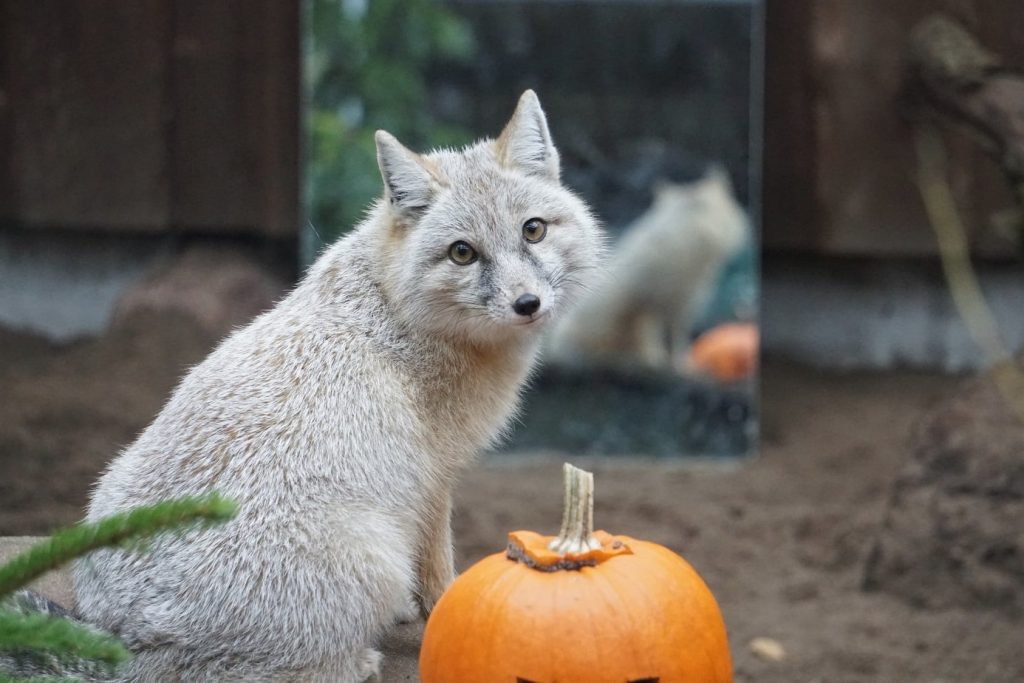
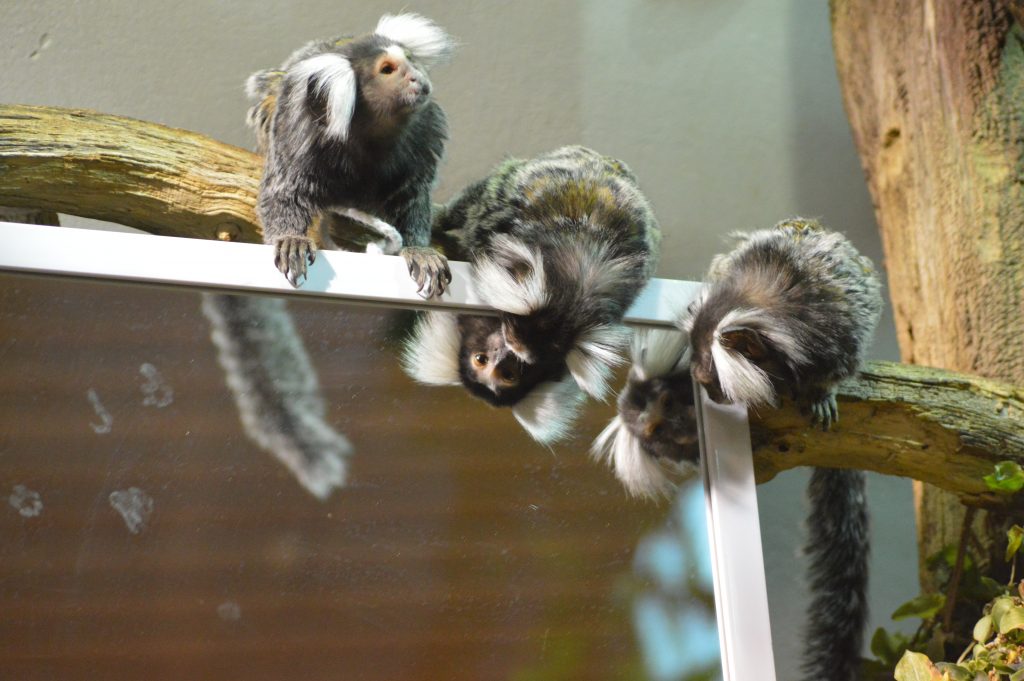
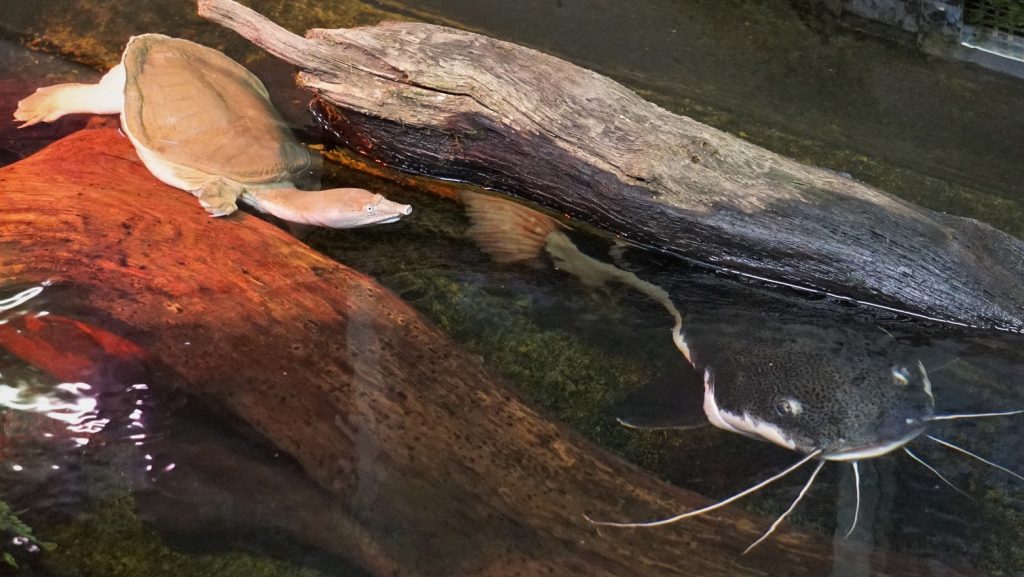
2. Cognitive enrichment (manipulable objects)
As part of cognitive enrichment, animals are allowed to solve various tasks or are offered new toys to play with. The goal is to stimulate the mind, which is why it also includes animal training, which is a new experience for the animals and forces them to think and make connections.
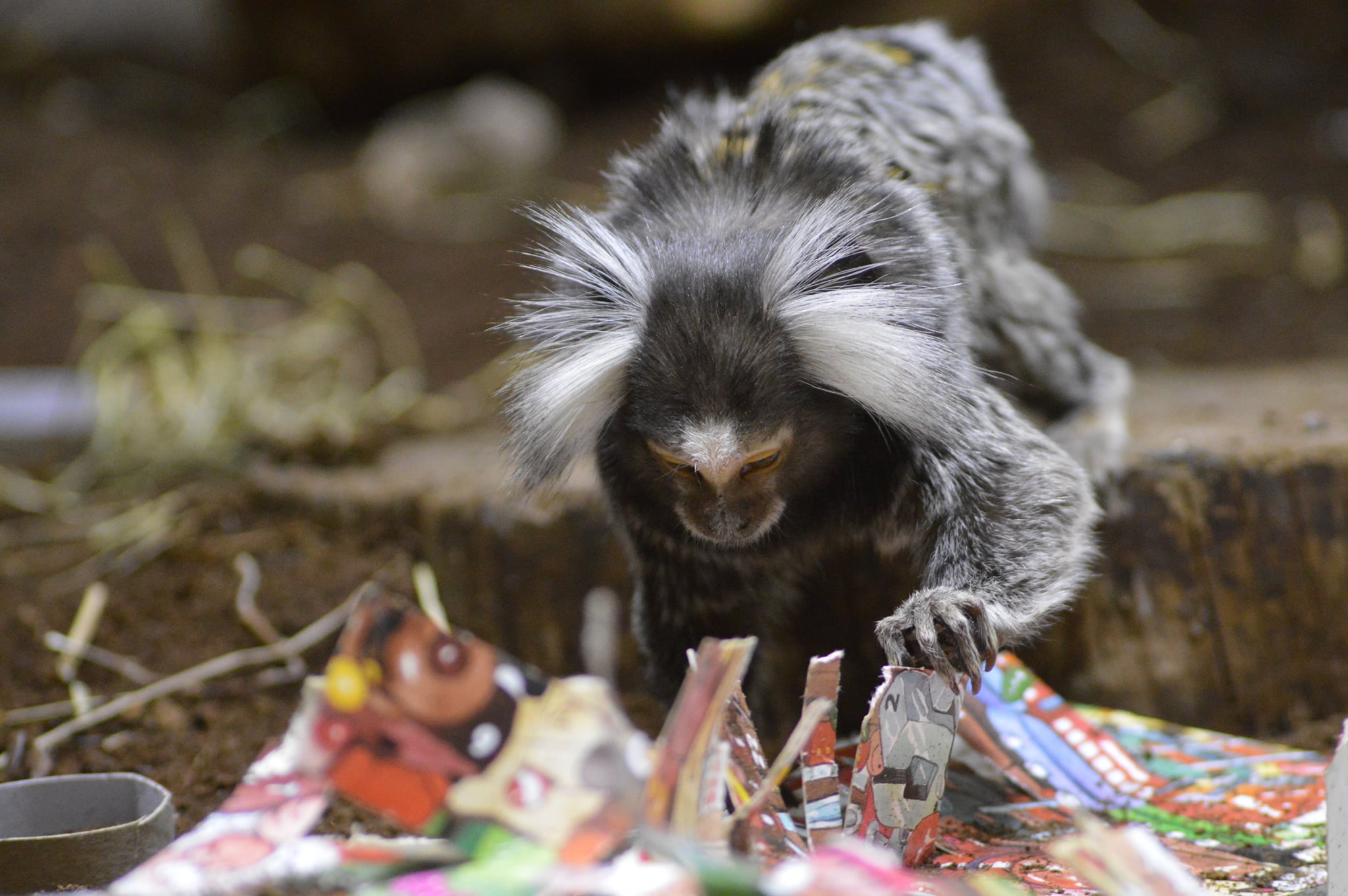
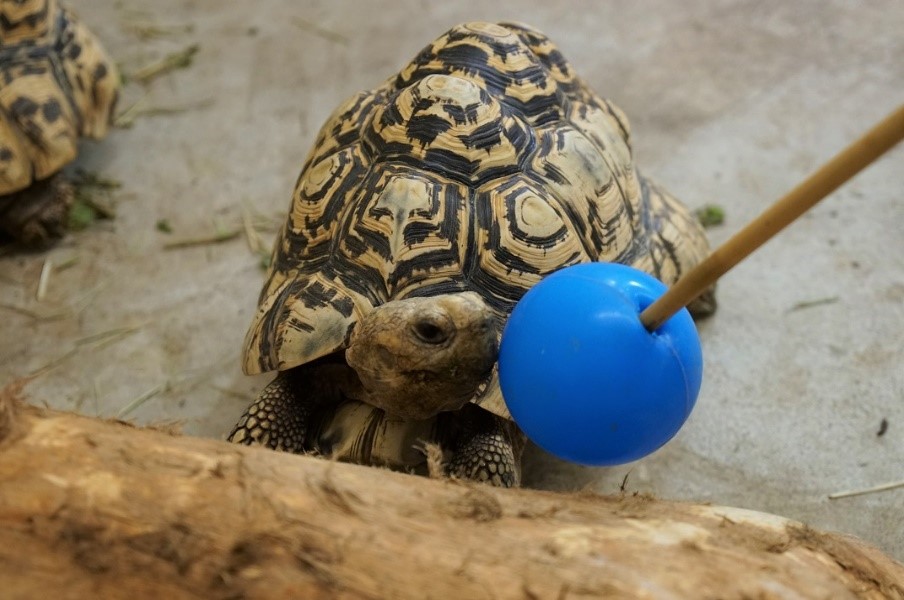
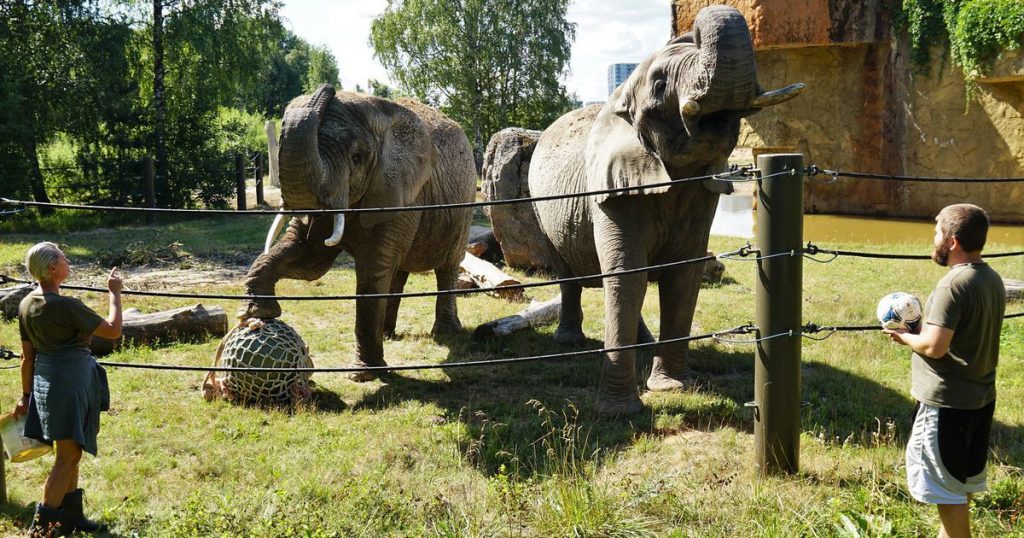
3. Structural enrichment
Physical enrichment can mean relocating existing objects in the enclosure, as well as adding new objects to it. At the same time, new substrates are also added to the enclosures and rolling areas and mud pits are created. In order to use the territory of the enclosure as effectively as possible, different levels are created in them where the animal could for example climb. In addition, various resting and sheltering places are created (e.g. swings made of hoses).
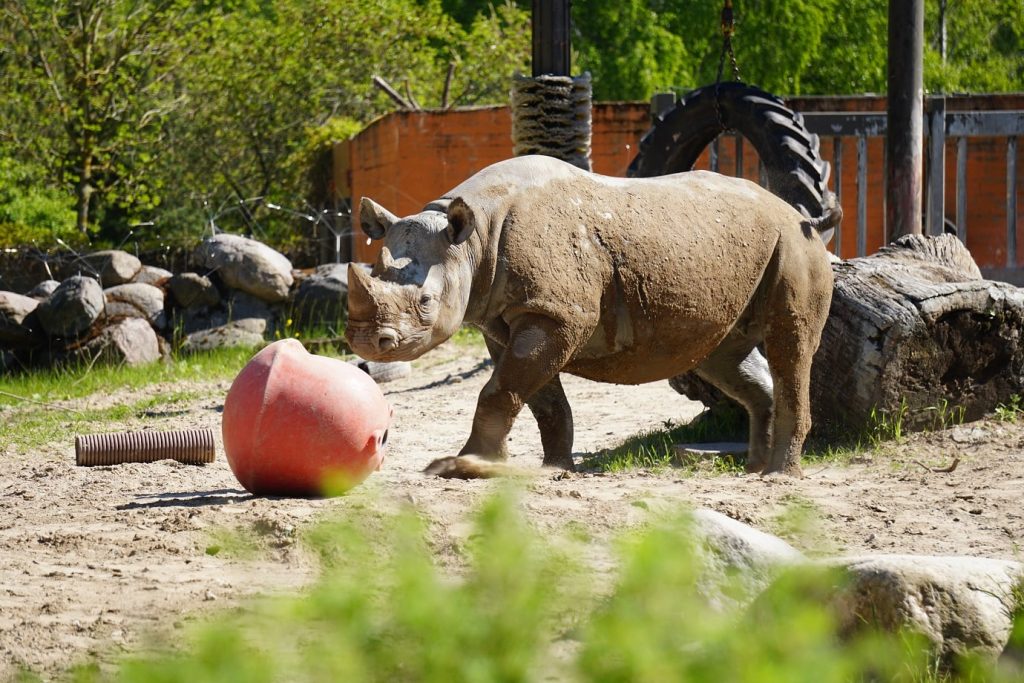
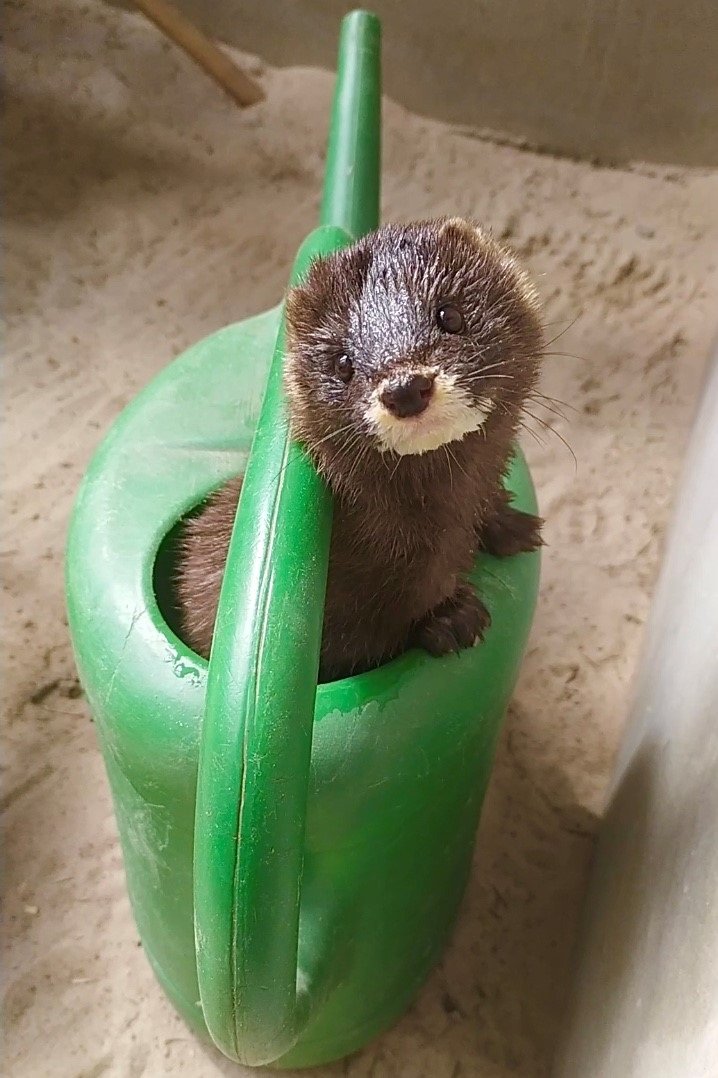
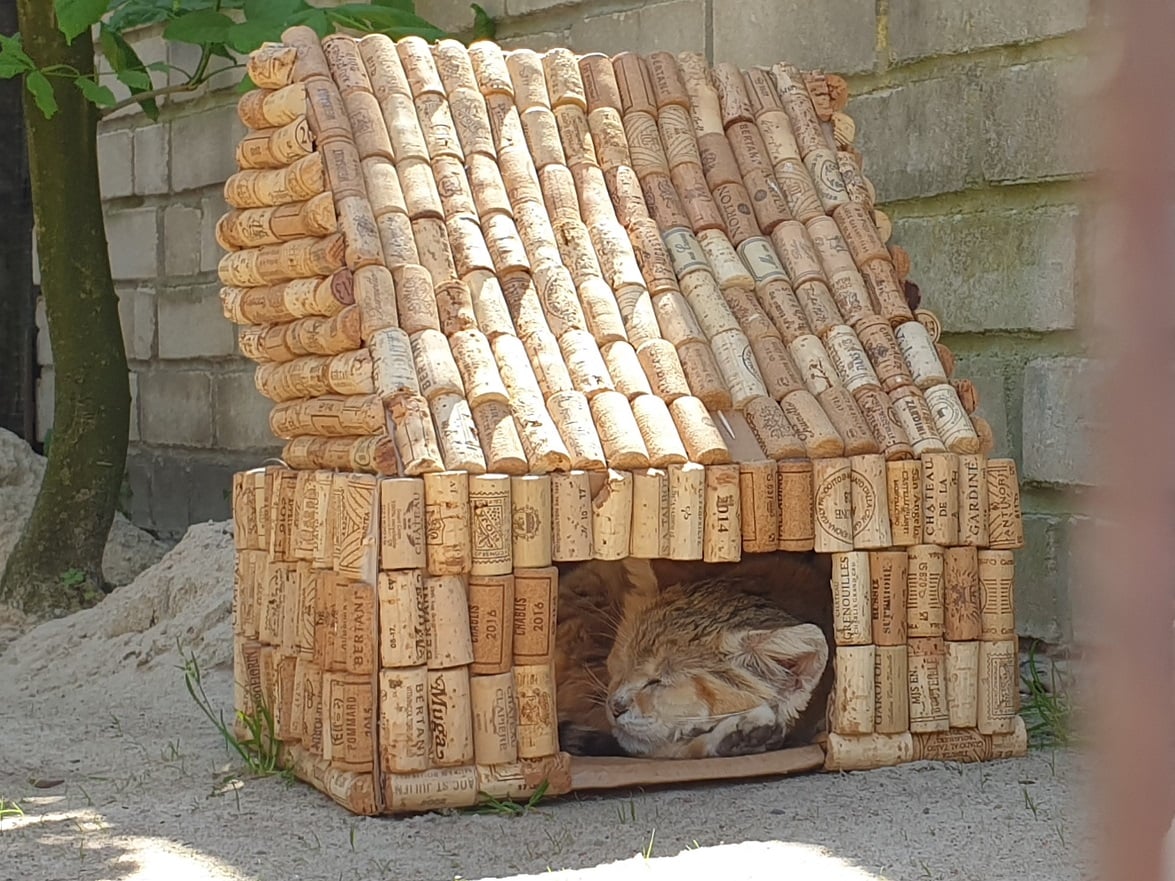
4. Sensory enrichment
Sensory enrichment includes all means that stimulate different senses of animals. For example, different smells, sounds, materials and food objects are used to stimulate the senses, which animals do not get on a daily basis.
Using the example of Alexei, the Amur leopard, an 8th grade student Annett Arula wrote in 2021 a research paper about smell enrichment, which took first place in the competition for environmental research papers and received a special prize from the Ministry of Climate in the second round of the national competition for student research papers.
You can read it here (in Estonian)
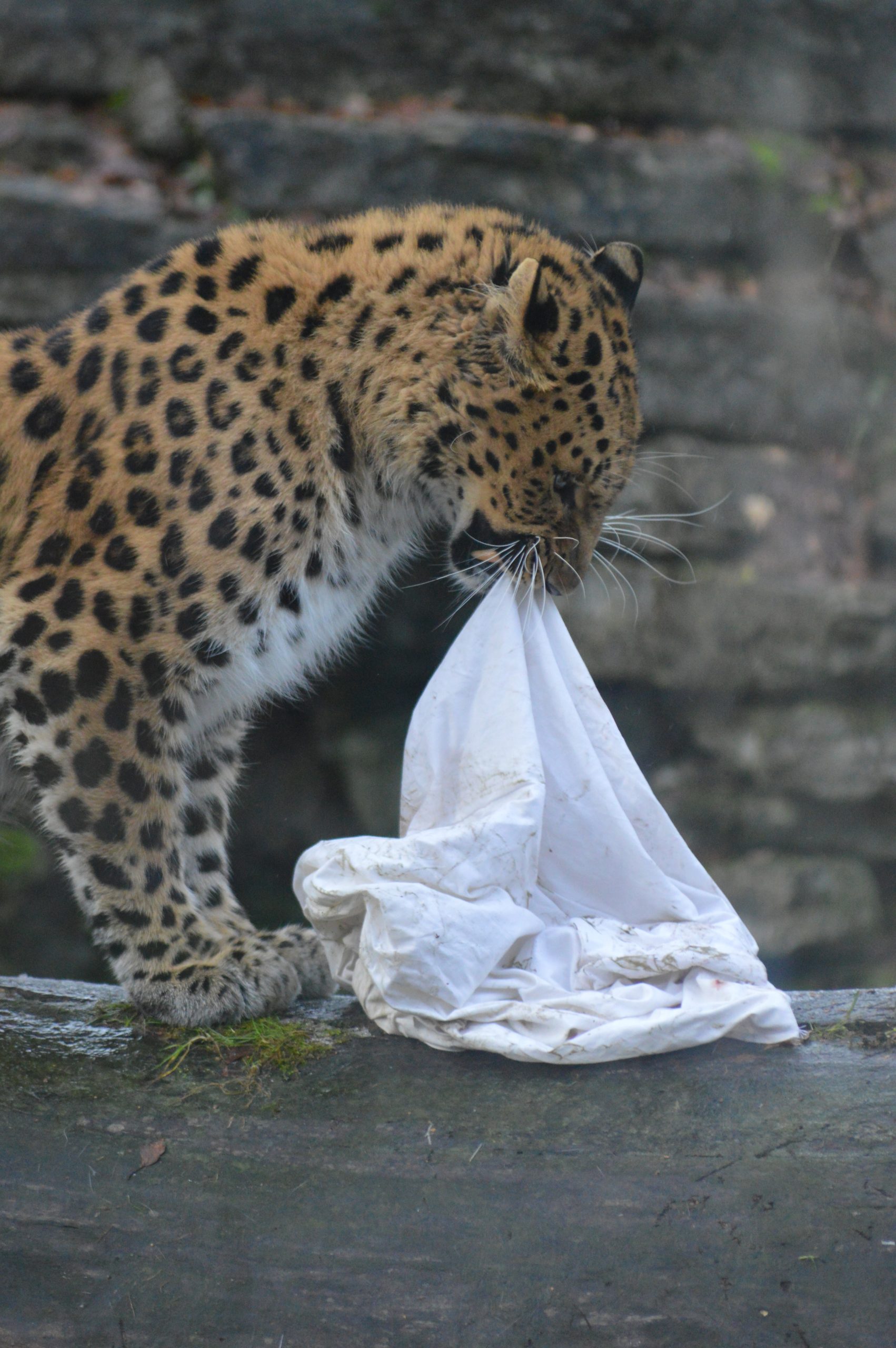
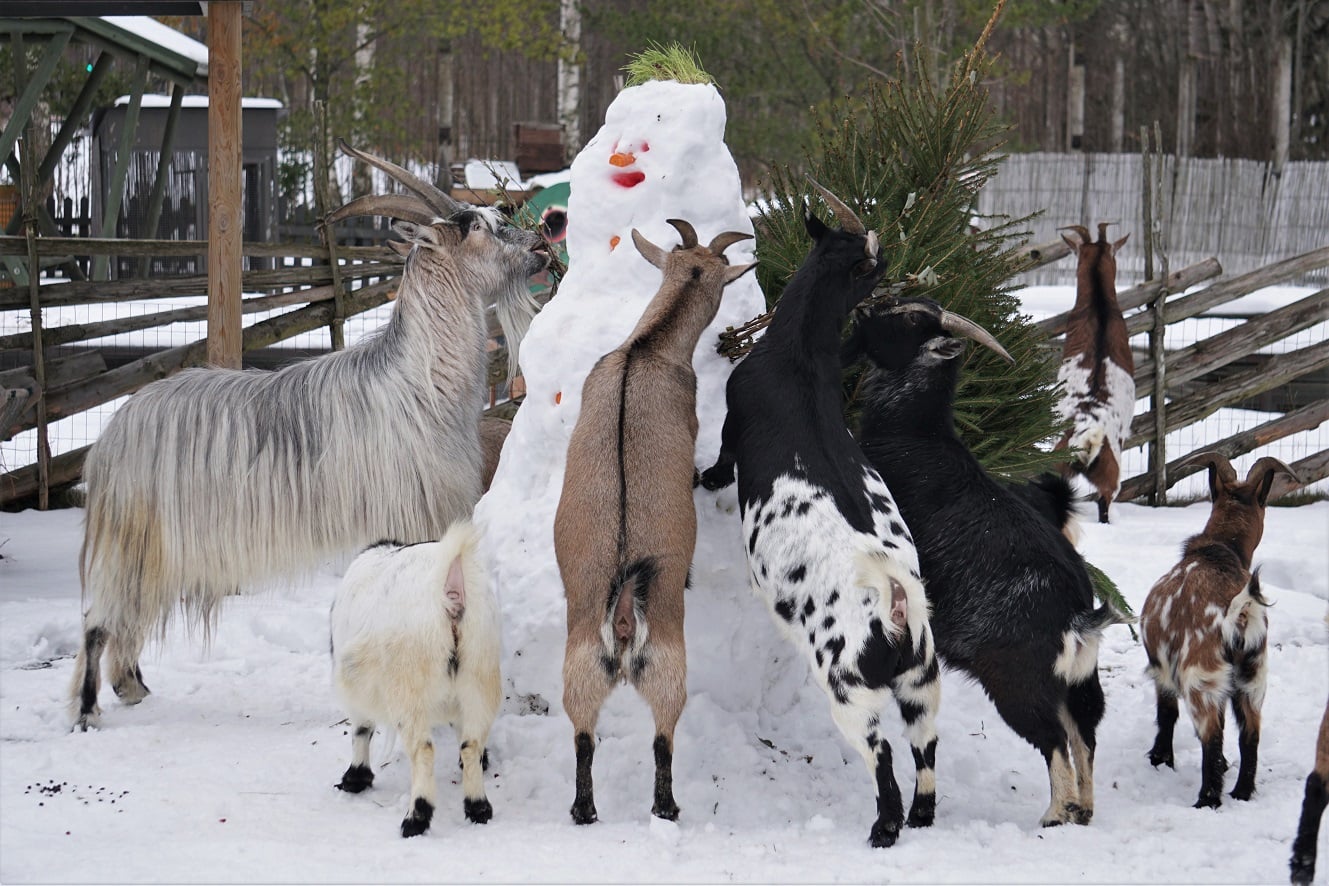
5. Enrichment with food
Food enrichment also includes new food items, but in addition to that, food is served in many different ways. For example, food is hung on a pole, hidden under the substrate or in some object so that the animal has to move a little to get its prey.






